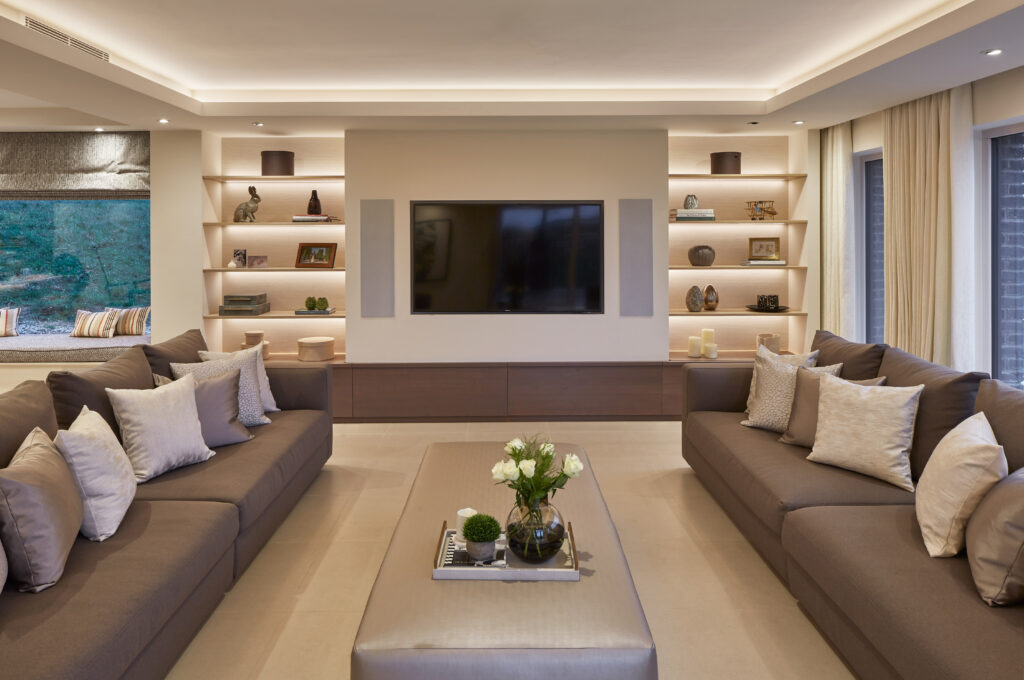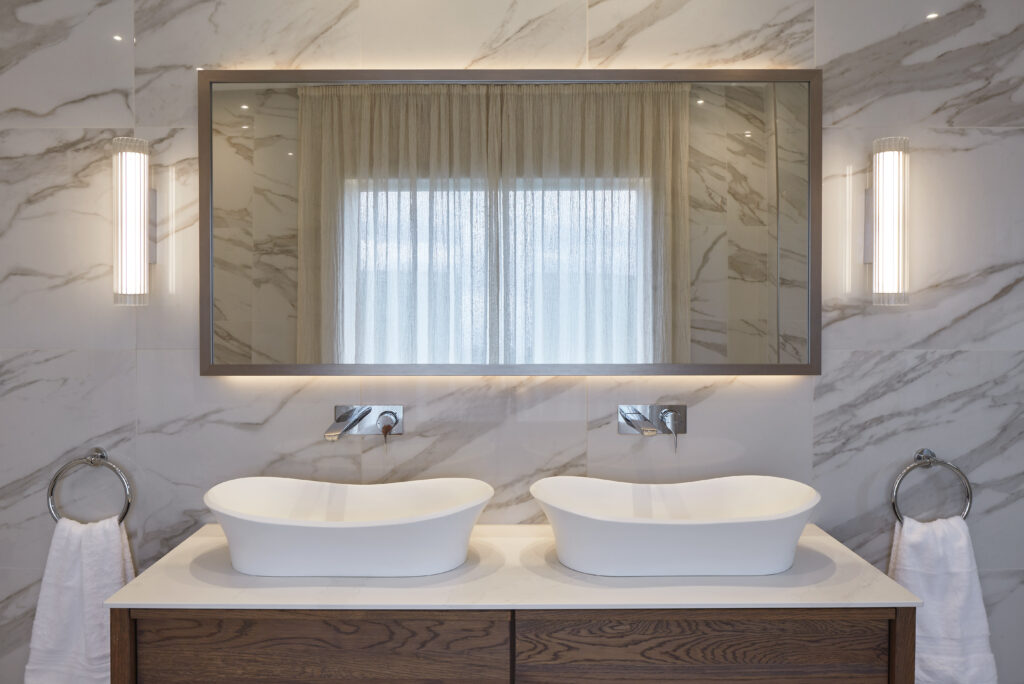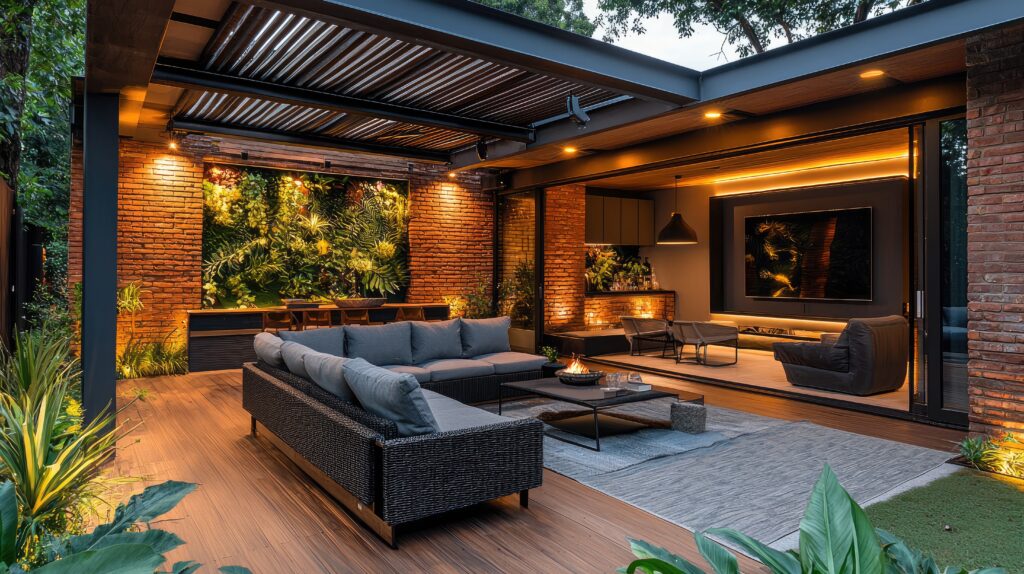There is nothing more relaxing than looking out on a beautiful outdoor landscape. Good lighting can help your customer enjoy this as the sun goes down, but how do you ensure that the lighting you install is sustainable for the very environment that you are highlighting?
First, sustainable lighting aims to use the least amount of energy while providing adequate illumination – but It’s not just about finding the most light for the least wattage; proper sizing of the light to match the location’s needs (known as task lighting) is an essential energy-saving strategy.
Second, it’s important to remember that the outdoors is not the same as inside. Darkness is just as important as light in a good landscape lighting scheme, and a sustainable lanscape lighting scheme needs to take in consideration the balance between light and darkness.
Keep on reading to find out more about sustainable lighting for lanscaping projects
Avoid light pollution
Think carefully about what you need to light and make sure that you direct your beam where it is needed. Whether you are in an urban or a more rural setting you must avoid light spillage, which can cause unwanted glare.
If you are highlighting the outside of a building or a feature then controlling where the light goes is important. To direct light and avoid causing unwanted light pollution, use an asymmetric beam angle to graze the surface. This will also save energy.
Also, consider the beam angles of your fittings and match them to what you want to achieve.
A wide beam or flood is perfect for creating a wash of light on the surface or to illuminate surfaces from further away. You can then choose a slightly narrower beam, of about 45o, to create a swathe of light across a dedicated area and to pick out specific details use a spot or a narrow beam that closely directs the light exactly where you need it.
And finally, it’s worth checking the ULOR (Upward Light Output Ratio) of the fitting that you are using. This tells you the proportion of light that a luminaire emits above the horizontal, so 0% means there is no upward spillage and no light pollution.
Make it wildlife friendly
Make sure that any lighting scheme you install minimises its impact on nocturnal animals. The amount of upwards light, particularly blue light content, can have an impact on bats, owls and insects.
You should install low glare products such as bollards, ground lights and spike lights and try and choose lights that have a warmer colour temperature of 3000K or lower. At Collingwood, for example, we have options down to 2200K to reduce any impact from blue light.
Control
Using LED lighting reduces the amount of energy that you use, but your customer should still only use outdoor lighting when they need it.
Encourage them to use lighting control such as PIR sensors on circuits, light sensors, on/off switching or a timer. For something a bit more special you can install a smart bridge between the light switch and the first light in the circuit so that they can control their lights via their smart phone.
Choose lighting products built with sustainability in mind
We have a duty to protect our climate so that we and our children can continue to enjoy the outdoors. Selecting sustainable products will help safeguard our future, so it’s worth considering both the effect of their lighting and their sustainability. Choose options that will last longer in their environment and also those with a modular design so that you or your customer can replace parts to ensure a longer and more sustainable life.
Done well a landscape lighting scheme allows you to enjoy the outdoors as daylight fades. But we have a duty to protect the environment that we want to experience both for ourselves and future generations – so it’s vital to design and install schemes that are sustainable.
Do you need help to design your landscape lighting scheme?
Download our “An electricians guide to landscape lighting” packed with info and practical advice.



